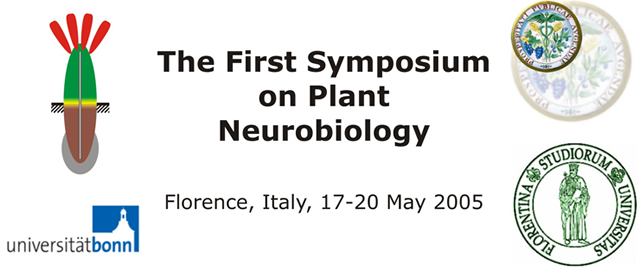|
Plants have
developed a series of mechanisms for perception and transduction of environmental or endogenous stimuli and
for integration and synchronization of physiological responses. Signal transduction, the way cells construct
responses to a stimulus, is a recently defined focus in plant biology. Moreover, in addition to the
accumulation of data generated by structural and functional genomic analysis, a revival of pharmacological,
surgical and physiological experimental approaches assessed in the past years have led to a clear advancement
in the comprehension of molecular mechanisms involved in plant physiological responses. As well as it was
demonstrated in animal systems that nitric oxide (NO), cGMP and Ca2+ were interconnected to play a
central role in vascular cell physiology, the same results are forthcoming from plant systems. Currently, the
molecular basis that are responsible of transducing plant hormone messages into physiological responses are
being deciphered. The auxin indole acetic acid (IAA) is the main hormone involved in determining the root
architecture. Recently, we have demonstrated that NO is required in both the IAA-induced adventitious root
formation (ARF) [Plant Physiol. (2002) 129: 954; (2003) 132: 1241; (2004) 135: 279] and lateral root
development (LRD) [Planta (2004) 218: 900]. During ARF, the NO action is accomplished by at least two parallel
mechanisms: i) the increase in cGMP level and ii) the activation of a MAPK pathway. The induction of LRD by NO
is accomplished through a NO-mediated induction of cell cycle regulatory genes (cyclins and cyclin-dependent
kinases) that leads to the activation of pericycle cells and their progress through G1-S phase. These and
other recent findings concerning NO-related mechanisms that control root development will be presented.
Supported by Conicet, ANPCyT, UNMdP and Fundación Antorchas, Argentina.
|

